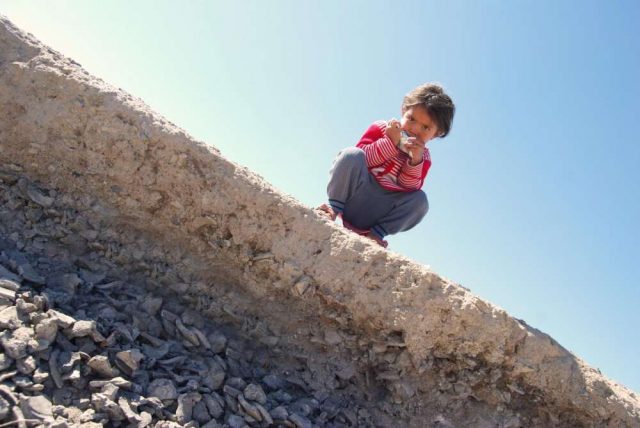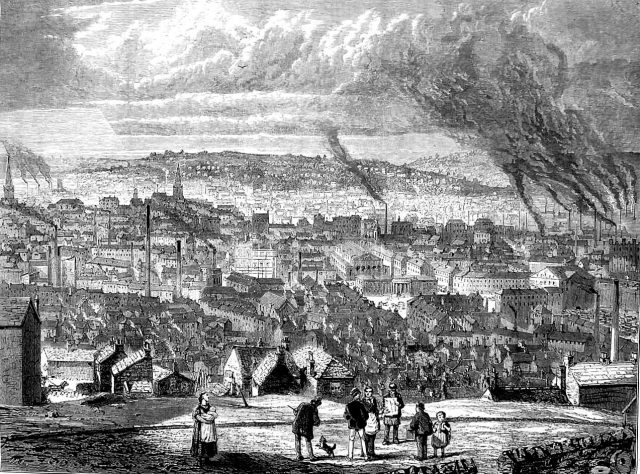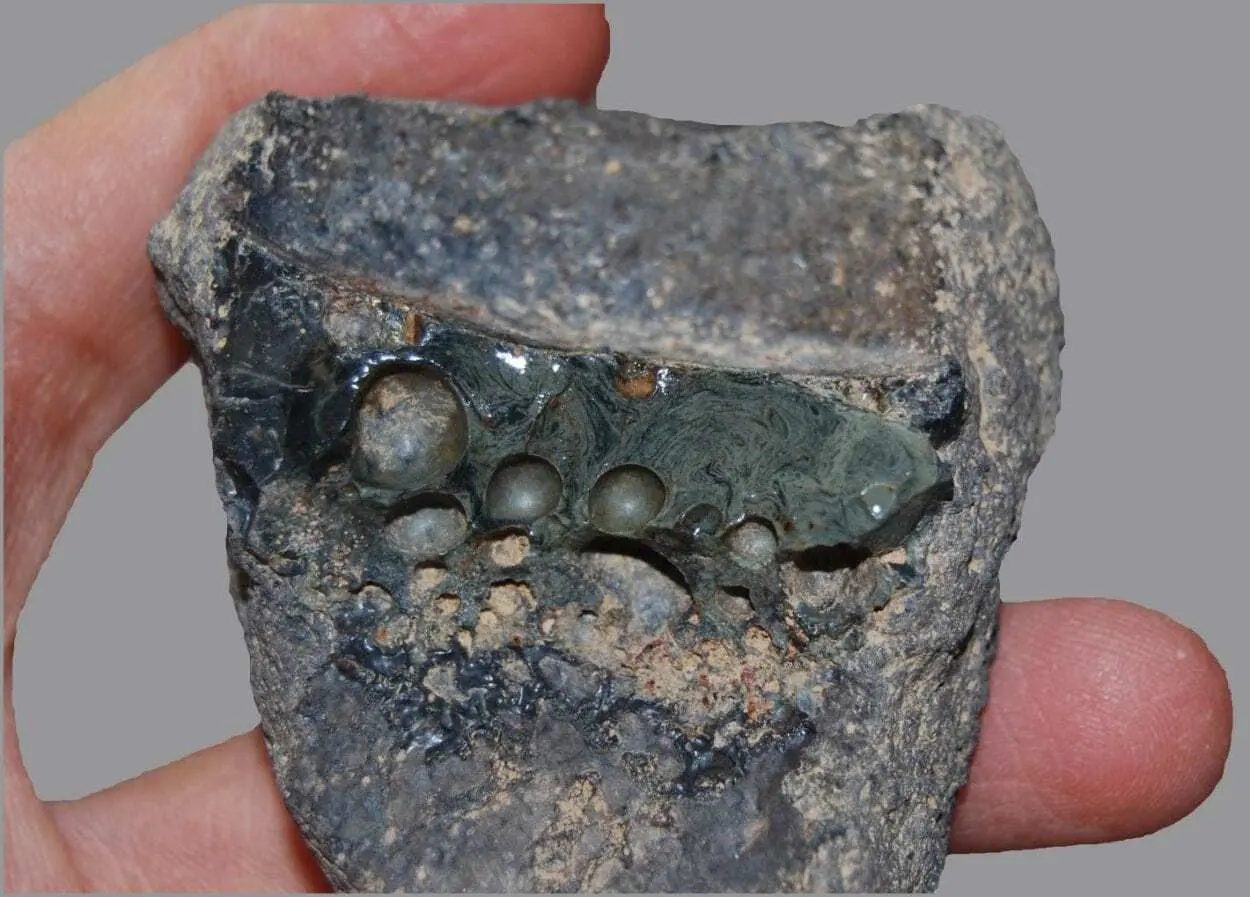Chromium steel : According to IFL SCIENCE, an invention that dominated the late-20th Century was in fact made 1000 years ago, not 100 years ago as historians originally thought.
It turns out that Chromium steel (which is very similar to what we now consider tool steel) was actually made in Persia, not Europe, according to a new study led by UCL researchers.
The discovery was published in the Journal of Archaeological Science, and was supported by a number of medieval Persian manuscripts. Dr. Rahil Alipour (UCL Archaeology), who was the lead author on the study, said, ‘Our research provides the first evidence of the deliberate addition of a chromium mineral within steel production. We believe this was a Persian phenomenon.’

As well as providing the only known evidence of chromium steel dating back to the 11th century, it is said that this research also provides a chemical tracer that could help identify crucible steel artefacts in museums or trace archaeological collections back to their origin in Chahak or the Chahak tradition.
According to several historical manuscripts from the 12th to the 19th century, Chahak was once famous for its steel production. Although it is the only archaeological site known to exist in Iran at that time, its location is still a mystery, as several villages have the same name.
Today, stainless steel plays an important role in our lives. The use of steel mixed with chromium and other metals provides protection against rust, which means it is used in ways that could never have been imagined in the past.

It was originally thought that this way of using steel was first discovered in the 1800’s and became more popular during the mid-19th century. However, evidence proves that advanced steelmaking actually came into play much earlier.
Previous discoveries of trace amounts of chromium in ancient steel weapons and tools have often been thought to be an accident. But according to Dr. Rahil Alipour, the Persians were steelmakers for hundreds of years and were very adept at it.
The evidence doesn’t just come from the ancient steel itself. It is also apparent in a manuscript titled “al-jamahir fi Marifah al-Jawahi” (‘A Compendium to Know the Gems’, 10th-11th c. CE), written by the Persian polymath Abu-Rayhan Biruni.
This manuscript was particularly important to researchers, since it provided the only recipe known for making steel in a crucible. It is also the only existing document dating back to an era in which steelmakers were largely illiterate.
Professor Marcos Martinon-Torres (University of Cambridge), the last author on the study, said that the process of identification can be quite long and complicated.

Mainly because the manuscript is recorded in a different language, but also because the terms used to describe the technological processes or materials may not be in words that we would use today.
Also, at that time, writing and education were usually reserved for the social elites. You wouldn’t usually find a tradesman who was literate, which means there may have been errors or things missing from the text.
Abu-Rayhan Biruni (author of the manuscript) referred to a vital ingredient for steelmaking. But, due to the passage of time, it has been unclear to scholars which ingredient he was referring to. However, in the Journal of Archaeological Science, Dr. Rahil Alipour argues that the vital ingredient was chromite.
He says, ‘Our research provides the first evidence of the deliberate addition of a chromium mineral within steel production.’
Another Article From Us: Norway to Excavate First Viking Ship in 100 Years in a Race Against Time
1000 years ago, rust resistance wasn’t important in the way that it is today. At that time, it was more important that the goods made from steel (such as weapons for soldiers) were sturdy rather than rust-resistant. However, if the ancient method had been preserved, modern steel-making techniques could have been developed long before they eventually were, in the 19th Century.
